Stay Ahead of the Curve
Latest AI news, expert analysis, bold opinions, and key trends — delivered to your inbox.
Amazon announces Nova, a new family of multimodal AI models
4 min read At its re:Invent conference on Tuesday, Amazon Web Services (AWS), Amazon’s cloud computing division, announced a new family of multimodal generative AI models it calls Nova. December 04, 2024 15:00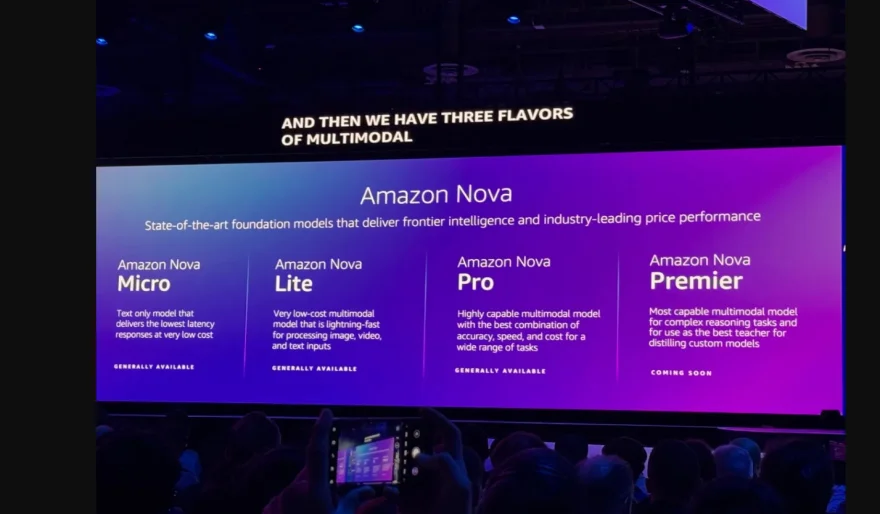
There are four text-generating models in total: Micro, Lite, Pro, and Premier. Micro, Lite, and Pro are available Tuesday to AWS customers, while Premier will arrive in early 2025, Amazon CEO Andy Jassy said onstage.
In addition to those, there’s an image-generation model, Nova Canvas, and a video-generating model, Nova Reel. Both also launched on AWS this morning.
“We’ve continued to work on our own frontier models,” Jassy said, “and those frontier models have made a tremendous amount of progress over the last four to five months. And we figured, if we were finding value out of them, you would probably find value out of them.”
Micro, Lite, Pro, and Premier
The text-generating Nova models, which are optimized for 15 languages (but primarily English), have widely varying sizes and capabilities.
Micro can only take in text and output text but delivers the lowest latency of the bunch — processing text and generating responses the fastest.
Lite can process image, video, and text inputs reasonably quickly. Pro offers a balanced combination of accuracy, speed, and cost for a range of tasks. And Premier is the most capable, designed for complex workloads.
Pro and Premier, like Lite, can analyze text, images, and video. All three are well-suited for tasks like digesting documents and summarizing charts, meetings, and diagrams. AWS is positioning Premier, however, as more of a “teacher” model for creating tuned custom models, rather than a model to be used on its own.
Micro has a 128,000-token context window, meaning it can process up to around 100,000 words. Lite and Pro have 300,000-token context windows, which works out to around 225,000 words, 15,000 lines of computer code, or 30 minutes of footage.
In early 2025, certain Nova models’ context windows will expand to support over 2 million tokens, AWS says.
Jassy claims the Nova models are among the fastest in their class — and among the least expensive to run. They’re available in AWS Bedrock, Amazon’s AI development platform, where they can be fine-tuned on text, images, and video and distilled for improved speed and higher efficiency.
“We’ve optimized these models to work with proprietary systems and APIs, so that you can do multiple orchestrated automatic steps — agent behavior — much more easily with these models,” Jassy added. “So I think these are very compelling.”
Canvas and Reel
Canvas and Reel are AWS’ strongest play yet for generative media.
Canvas lets users generate and edit images using prompts (e.g., to remove backgrounds) and provides controls for the generated images’ color schemes and layouts. Reel, the more ambitious of the two models, creates videos up to six seconds in length from prompts or, optionally, reference images. Using Reel, users can adjust the camera motion to generate videos with pans, 360-degree rotations, and zoom.
Reel is currently limited to six-second videos (which take about three minutes to generate), but a version that can create two-minute-long videos is “coming soon,” according to AWS.
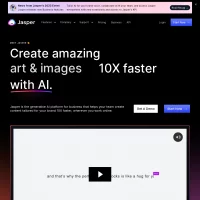
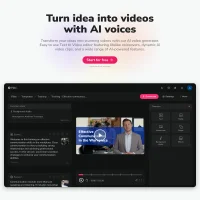
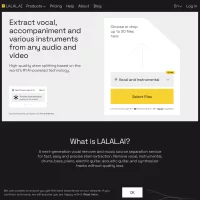
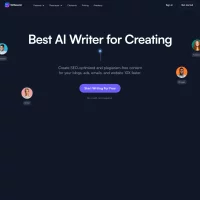
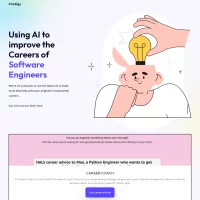
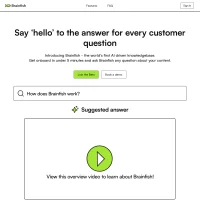

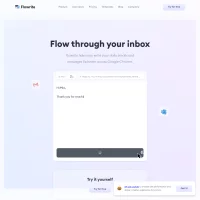

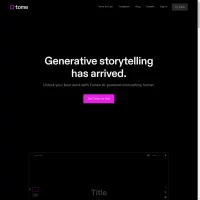
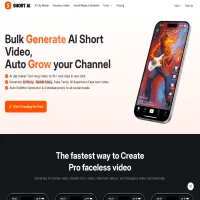
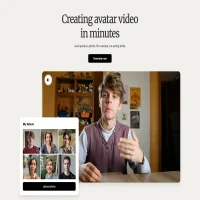
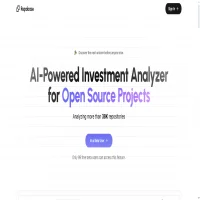
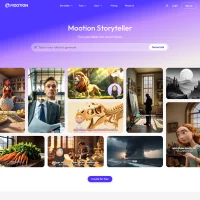
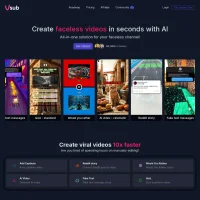
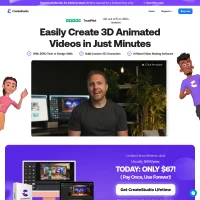
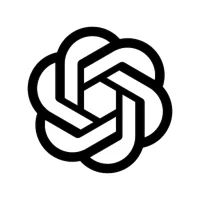
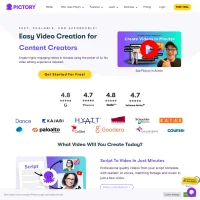
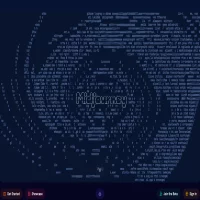
 AI Agents
AI Agents